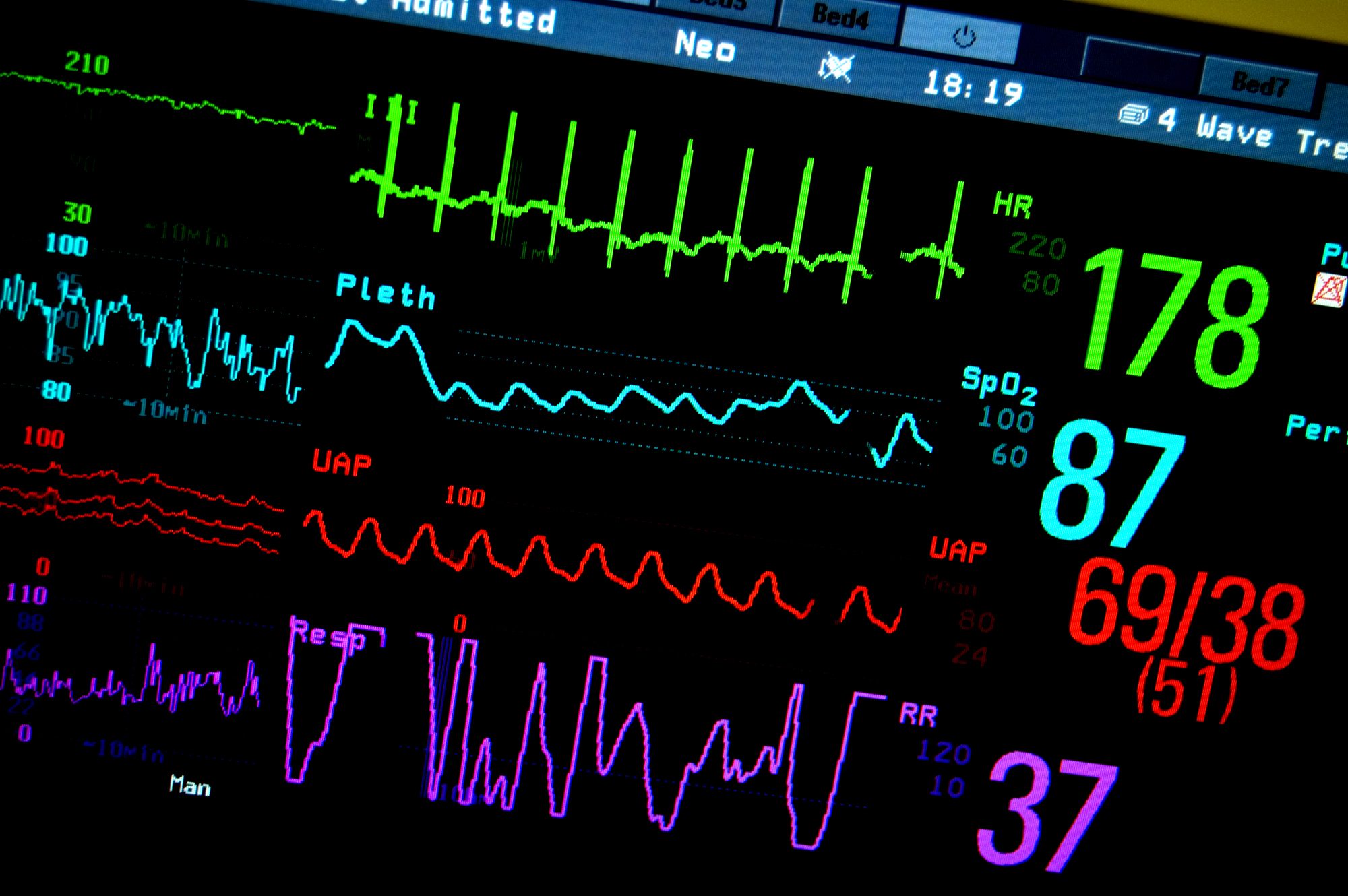
MONDAY, Aug. 1 (HealthDay News) — Take the stairs instead of the elevator. Go for a walk after dinner. Play tag with your kids at the park.
New research shows that even small amounts of exercise — about 150 minutes, or 2.5 hours, of moderate activity a week — can reduce the risk of heart disease by about 14 percent.
Those who did more — about 300 minutes a week, or five hours — reduced their risk of heart disease, including heart attacks, angina and bypass surgeries, by 20 percent compared to people who did no exercise, the study found.
“Some physical activity is better than none, and more is better,” said lead study author Jacob Sattelmair, who was a doctoral candidate at Harvard University School of Public Health, Boston, when he conducted the research.
The benefits of even more exercise continue to add up. People who reported exercising for 750 minutes a week, or 12.5 hours — had a 25 percent reduced risk of heart disease. But that’s many more hours of working out for only a small additional risk reduction, Sattelmair noted.
“The biggest bang for your buck is at the lower ends of physical activity,” said Sattelmair, now director of research and strategy at Dossia, an organization in Cambridge, Mass., whose goal is to improve employee health and health care, while reducing health care costs. “If you went from none to 2.5 hours a week, the relative benefit is more than if you went from, say, 5 to 7.5 hours a week.”
In the study, published online Aug. 1 in Circulation, Sattelmair and colleagues analyzed the results of 33 studies that assessed the health benefits of exercise.
For reasons researchers aren’t sure of, women saw even more protective benefits from exercise than men, although this could have been a quirk of the statistics, they said.
While 150 minutes of moderate to vigorous exercise a week is the minimum goal based on current U.S. guidelines, they found even people who did less than that (75 minutes weekly) had a decreased risk of heart disease compared to total coach potatoes.
“If you are doing nothing, do something. And if you are doing something, say, walking 10 or 15 minutes, two to three times a week, do more,” said Barry Franklin, director of the preventive cardiology program at William Beaumont Hospital in Royal Oak, Mich., and an American Heart Association spokesman.
Moderate physical activity includes walking briskly, gardening, playing doubles tennis or dancing. Vigorous activity includes jogging, swimming laps, hiking uphill or jumping rope, although researchers did not analyze whether or not exercising vigorously was any better than moderate exercise for improving heart health.
Prior research has pointed to myriad benefits of physical activity, Franklin said. Getting up and moving strengthens the heart and the lungs.
Physically fit people also tend to have lower blood pressure and resting heart rate, which puts less demand on the heart. Exercise can increase insulin sensitivity, which is important in the prevention of diabetes, and can modestly boost HDL (“good”) cholesterol.
Other studies suggest that exercise reduces inflammatory markers that may play a role in triggering heart attacks; may reduce the likelihood of clots that lead to heart attacks and stroke; and decreases the risk of life-threatening arrhythmias (irregular heart beat).
Yet physical activity, of course, isn’t the sole key to preventing heart disease, the leading cause of death in the United States. Eating a healthy diet, maintaining a normal body weight, avoiding high levels of stress, and keeping blood pressure and cholesterol levels in a healthy range all play a role, he added.
Just as important as an exercise program is getting physical activity while going about your day, Franklin said. Recent research has suggested that it’s not only structured exercise classes or sessions, but the incidental exercise you get when you walk around the mall, go up and down the stairs, clean the house, or mow the lawn that matters for health.
“In addition to your structured exercise program, where you drive to the gym and walk on the treadmill, disguised exercise can also have a profound impact on your cardiovascular risk,” Franklin said. “The take-home message is: Move more. Sit less.”
More information
The American Academy of Family Physicians has tips for starting an exercise program.

